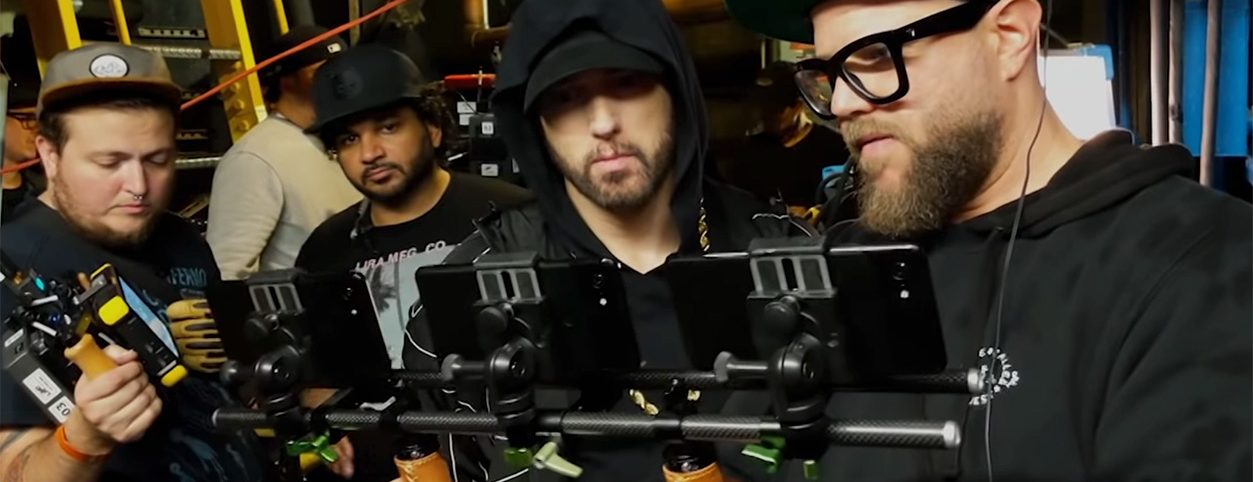I started in video production during the DSLR revolution. In 2009 a lot of production companies were still pushing Sony XD cameras, and saying “little still cameras” were a gimmick. I remember the looks of shock when I used a Canon 60D and a $99 50mm lens as a second camera along with, a much more expensive, and far lower quality “pro” camera.
By the time I was editing that video, the DSLR was the primary camera. And now about 10 years later, no one thinks it looks silly showing up to a video shoot with a DSLR.
In 2010, when the iPhone 4 came out, it was the first commercially successful smartphone with a video camera and processor that was capable of doing much. No one would shoot a real video on an iPhone, certainly they wouldn’t edit on a phone… But, while it was a gimmick, some people did.
“Apple of My Eye” was a short film, more of a camera test, directed by Michael Koerbel. It was shot entirely on the iPhone 4, and edited entirely with the iMovie App, all in 48 hours. The film is only 90 seconds or so, and honestly even if directed by Stanley Kubrick 90 seconds is not likely to change the movie industry forever. But the film was solid, and it also looked very good. Not just good for a phone.
The 2012 Oscar-winning documentary Searching for Sugar Man shows a few scenes shot on an iPhone. This was out of necessity when director, Malik Bendjelloul ran out of money ran out of money.
Phone camera tech kept getting better, and in 2014, Bentley shot an ad using an iPhone 5s and an iPad air. Was it a gimmick? Yes, I say this because, unlike with DSLR’s the producers could have used many cameras, that would have taken far less effort, and even been a better final product. But camera phones were capable of doing really good work.
Last year, in 2018, phones being used for hollywood and commercial videos, outside of found footage and quick, rare interviews or shooting in the most cramped of cramped spaces was still a gimmick. But undeniably, the phone cameras were good.
To promote the Google Pixel 3 Eminem “Venom” got a special music video recorded, on the Empire State Building, broadcast on Jimmy Kimmel, and largely shot using the Google Pixel 3. The Entire behind the scenes video used the Pixel 3 camera.
This brings me to the point were I now tell people, they can shoot videos with a phone camera. Will it look as good as any of the videos I used as examples? Maybe, probably not, but most people don’t need that quality.
Should every brand film with a phone? Heck no! But if you are someone looking to just get started you can get by with a phone. You may have to get creative, and learn to be technical. But many classic TV shows still being broadcast today, used cameras with lower quality and inferior workflows than the phone in your pocket.
Mason Pelt is the founder of Push ROI, and helps brands with video production and YouTube channel management strategy. First published in PushROI.com on September 25, 2019. Header Image: Jimmy Kimmel Live Behind the Scenes




